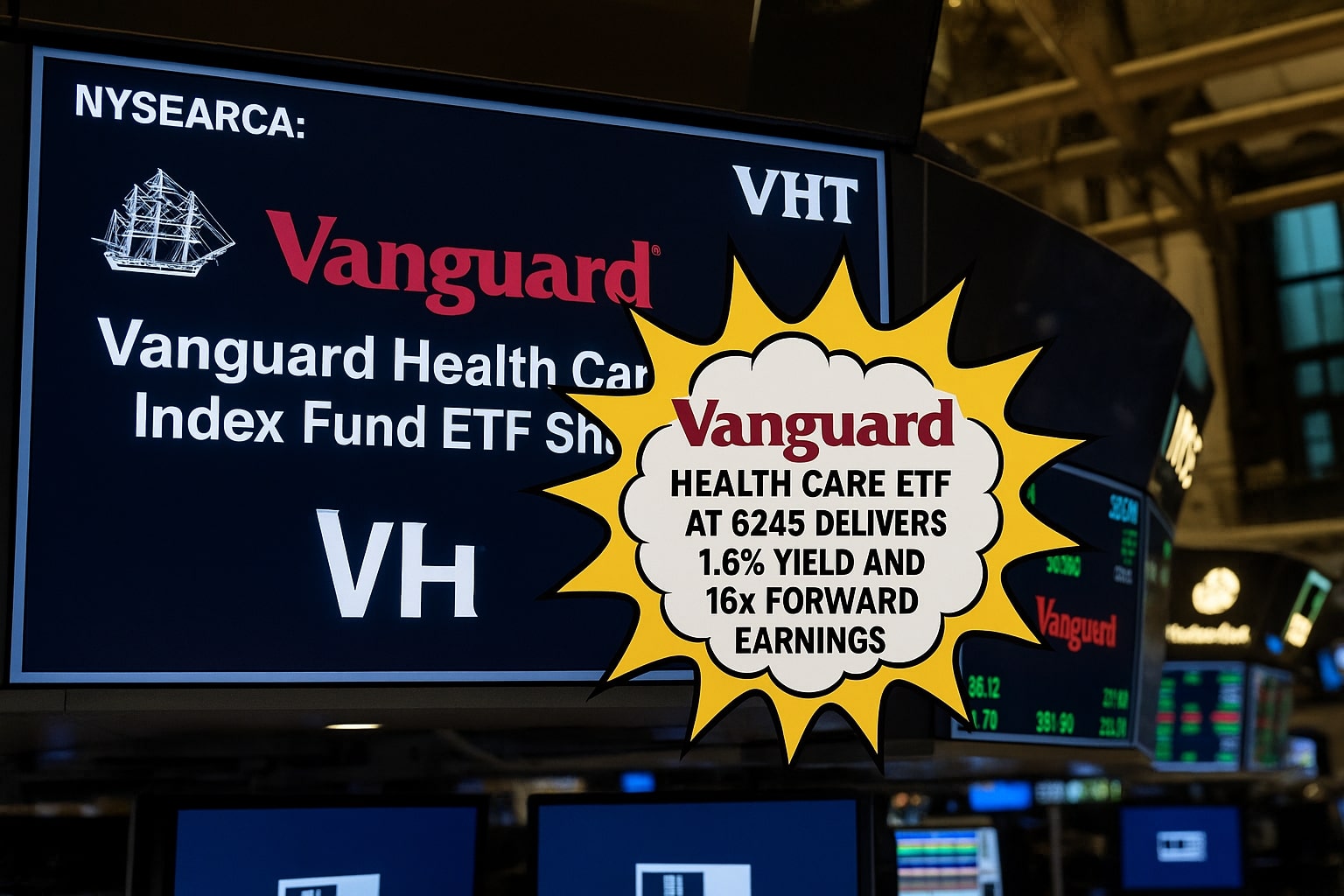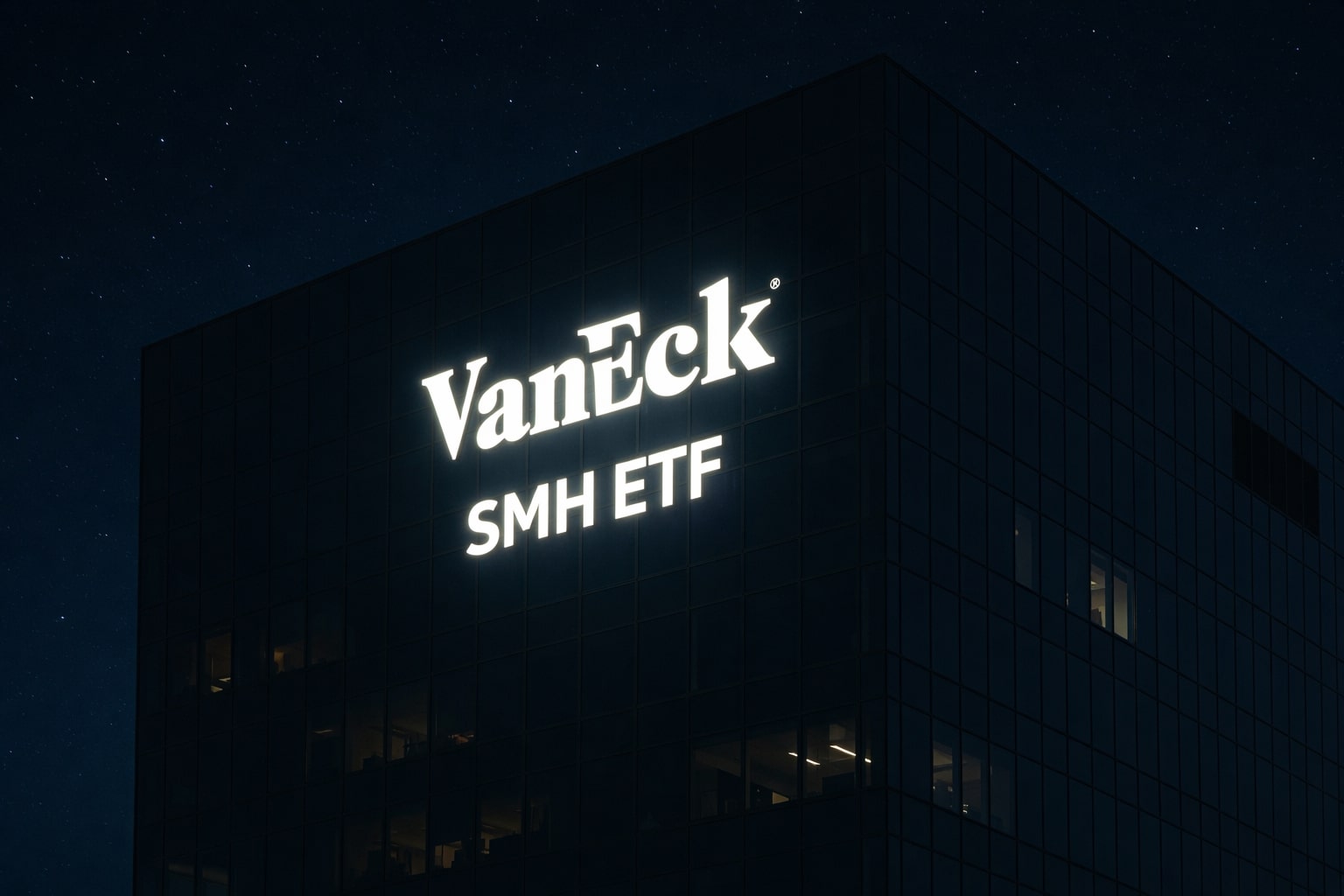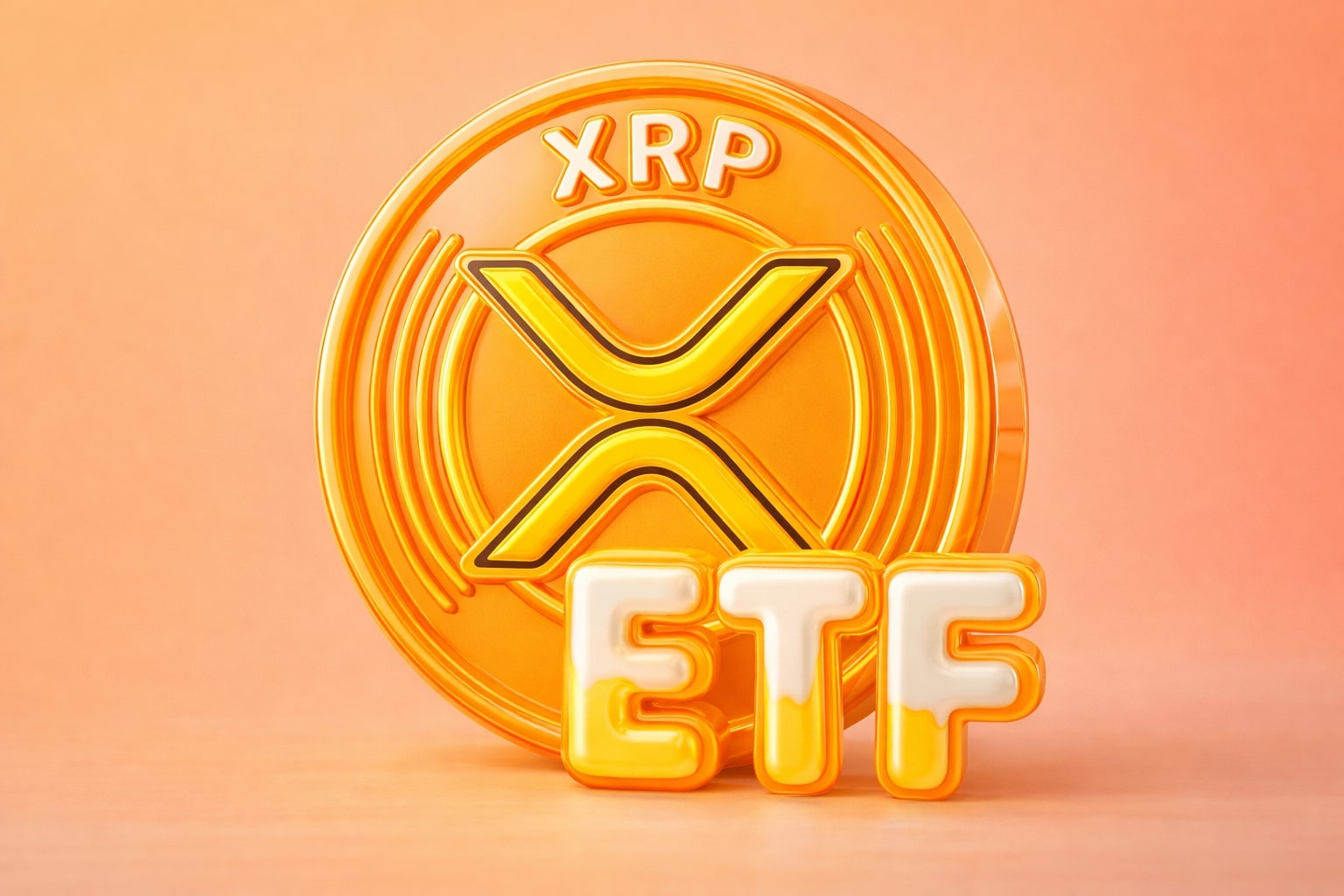
Vanguard Health Care VHT ETF Offers 1.6% Yield at $245 While Trading at 16x Forward Earnings
NYSEARCA:VHT’s diversified market-cap weighting, large-cap stability, and small-cap innovation exposure position it as a core defensive income play with long-term upside | That's TradingNEWS
Vanguard Health Care ETF (NYSEARCA:VHT) Unveils Its Defensive Appeal Amid Market Turbulence
H3 Broad Spectrum of Health Care Exposure
The Vanguard Health Care ETF (NYSEARCA:VHT) meticulously mirrors the MSCI US Investable Market Health Care 25/50 Index, spanning over 400 constituents from pharmaceutical giants to cutting-edge biotech innovators. Its market-cap weighting allocates roughly 38 percent to the top five names—Eli Lilly (LLY), UnitedHealth (UNH), Johnson & Johnson (JNJ), Merck (MRK), and Pfizer (PFE)—while still reserving nearly 62 percent for mid and small-caps that fuel tomorrow’s breakthroughs. With a rock-bottom expense ratio of 0.09 percent and an average daily volume north of 280,000 shares, VHT offers both cost efficiency and ample liquidity for institutional and individual investors alike.
H4 Portfolio Concentration Versus Diversification Dynamics
VHT’s top-heavy tilt creates a 45 percent force from its largest ten holdings, delivering stability in downturns—particularly as healthcare demand remains inelastic during economic contractions. Yet, the remaining 55 percent of its 400+ names grants optionality: small-cap medical device innovators and biotech ventures that can surge on positive trial data. A hypothetical 10 percent slide in Eli Lilly’s share price would shave about 1.1 percent off VHT, whereas a doubling of a 0.2 percent weighting in a small-cap disruptor would add just 0.2 percent—underscoring how VHT’s structure cushions shock while preserving upside potential.
H3 Valuation Anchors at Multi-Year Lows
Trading at 16x forward earnings and barely above book value, NYSEARCA:VHT sits at valuations last witnessed during the depths of the 2008 financial crisis. Over the past five years, total return has compounded at a mere 3 percent CAGR—reflecting the post-COVID contraction in elective procedures and a tech-driven market rotation away from defensive sectors. Yet its dividend yield of 1.6 percent outpaces the S&P 500’s average and has grown annually since 2020, providing a steadily rising income stream even as price gains have stalled.
H4 Sector Performance: Defensive Resilience Amid Shifting Market Regimes
Data from YCharts reveals that during the 2022-23 drawdowns, VHT held up 8 percent better than the S&P 500, thanks to its concentration in pharmaceutical and managed-care titans with stable cash flows. As rate cuts loom later in 2025, a rotation back into defensive health care names could see VHT outperform peers such as the more concentrated XLV ETF, which, while stronger on recent rallies, exhibits higher volatility given its narrower-top-10 weighting of over 50 percent.
H3 Growth Catalysts on the Horizon
Venture funding in AI-driven drug discovery and next-gen gene therapies is finally reaccelerating after pandemic overhang. Although many disruptors remain underrepresented in a market-cap index, slight upticks in small-cap biotech weights—augmented by index rebalances—could deliver asymmetric gains. Meanwhile, demographic tailwinds as the U.S. 65+ population swells 20 percent by 2030 underpin long-term service provider growth.
H4 Innovation Meets Defensive Hold
Consider the case of Tempus AI, a next-gen precision medicine player generating clinical-grade data analytics. Even if currently a miniscule 0.03 percent of VHT’s weight, a successful Phase 3 readout and subsequent market cap surge could contribute meaningful alpha within the ETF’s broader cushion. This dynamic—small but powerful contributions from innovators—cements NYSEARCA:VHT as both a defensive bastion and a quietly opportunistic play.
H3 Technical and Seasonal Considerations
Chart patterns show VHT bumping against resistance at $255, with support rooted near $235—a 7 percent cushion from current levels. Seasonal trends point to historically weak August–October performance, but technical oversold readings on the RSI and a flattening 200-day moving average hint at a potential mean-reversion.
H4 Risk-Reward Profile and Rating
At today’s entry around $245, NYSEARCA:VHT offers a compelling mix: downside limited to sub-10 percent support levels, income via a 1.6 percent yield, and upside toward $270–$280 in a defensive rally. For investors seeking a core health care allocation that stands firm in recessions yet participates in structural innovation, VHT earns a Buy rating. VHT’s blend of large-cap ballast and small-cap growth optionality positions it uniquely as both a shield and a spear in diversified portfolios.
That's TradingNEWS
Read More
-
SMH ETF: NASDAQ:SMH Hovering at $350 With AI, NVDA and CHIPS Act Fueling the Next Move
16.12.2025 · TradingNEWS ArchiveStocks
-
XRP ETFs XRPI and XRPR: Can $1B Inflows Lift XRP-USD From $1.93 Back Toward $3.66?
16.12.2025 · TradingNEWS ArchiveCrypto
-
Natural Gas Price Forecast: NG=F Falls to $3.80–$3.94 as Warm Winter Kills $5.50 Spike
16.12.2025 · TradingNEWS ArchiveCommodities
-
USD/JPY Price Forecast - USDJPY=X Slides, BoJ 0.50% Hike, Fed Cut and NFP Set the Next Big Move
16.12.2025 · TradingNEWS ArchiveForex


















